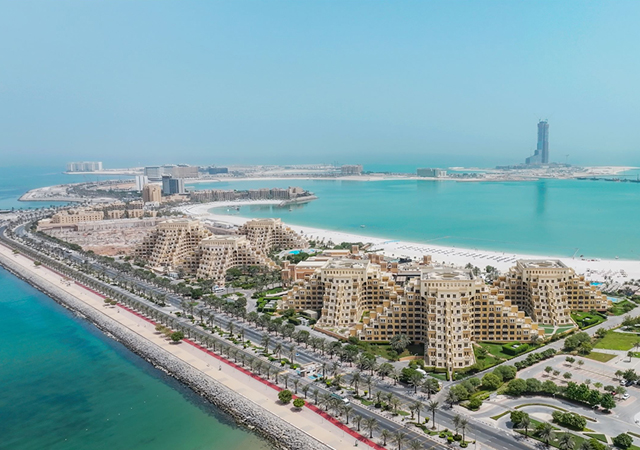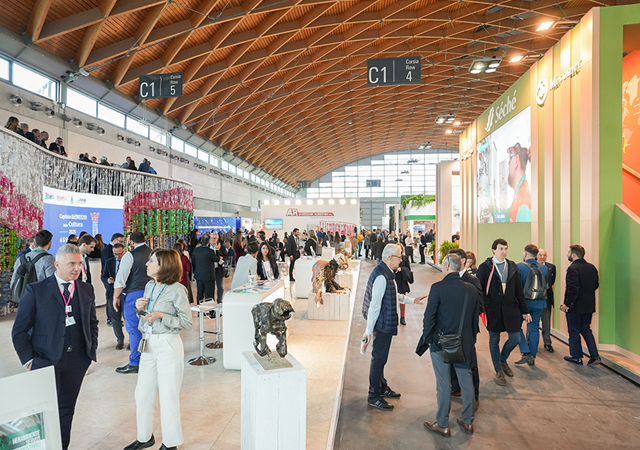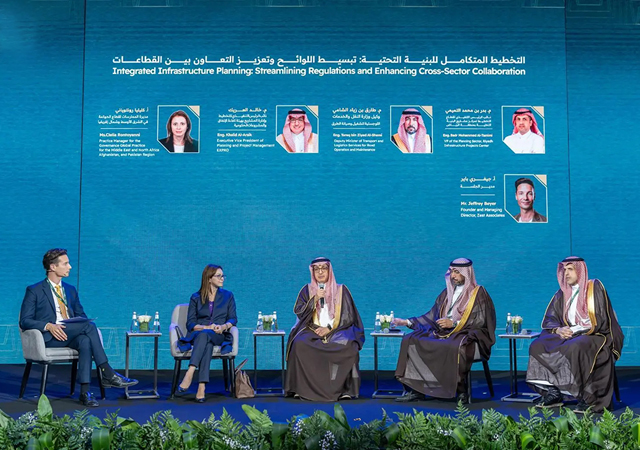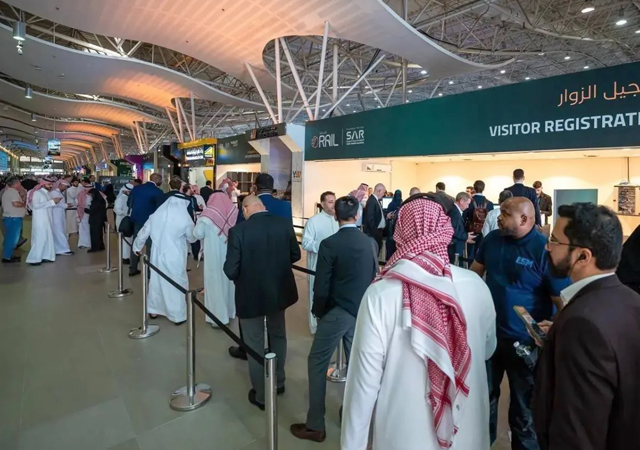
 A major component of the Toshka project.
A major component of the Toshka project.
Construction work is drawing to a close on one of the main components of the Toshka project, an ambitious development initiated by the Egyptian government to create agro-industrial population centres in the desert.
Work is nearly complete for the Mubarak Pumping Station, the first stage of which was commissioned early last year by Egyptian president Hosni Mubarak.
The Toshka project itself forms part of the South Valley development project, one of the largest and most ambitious land reclamation projects ever undertaken in the world. Besides Toshka, the 20-year project encompasses the areas around East Oweinat and the New Valley oases.
The aim of the scheme is to irrigate around 1 million acres of desert land using water from Lake Nasser upstream of the Aswan High Dam, wadis near the Nile River, and subterranean wells to increase Egypt’s habitable land. With a population of 70 million people currently overcrowding the Nile Valley and Delta, the goal is to draw some 16 million people by 2017 to the new agricultural/industrial communities that will arise on the reclaimed land.
The plan to create a new valley in the desert begins with the Toshka project, a scheme that pumps water from Lake Nasser into Sheikh Zayed Canal where it will be channelled by two sub-main canals and then by four branches into four regions totalling 540,000 acres. The area is intended to become home for three million residents.
The land in the Toshka area is allocated to four investor groups, namely Saudi Prince Alwaleed bin Talal’s Kingdom Agricultural Development Company (Kadco), Egypt’s Holding Company for Agricultural Development, the Abu Dhabi Development Fund and a consortium of Egyptian investors including private businessmen, public sector companies and banks and private companies from Libya, South Africa and Australia.
The Toshka project is considered the most important segment of the South Valley development project because it will reclaim the largest area. The project consists of three main components:
• Mubarak pumping station;
• Sheikh Zayed Canal; and
•Infrastructure for agricultural projects.
Mubarak Pumping Station
The pumping station is the second largest of its kind in the world and is being commissioned in stages. It comprises a pump house with 24 pumps with a total discharge of 360 cu m/sec, a 4.5-km intake canal and a discharge basin to Sheikh Zayed Canal. Currently, two of the 24 pumps are operating and transferring water through the main canal to working farms.
The project was launched in August 1998 at a cost of E£I.480 billion ($239.6 million) in addition to E£300 million for the main transformer station. The contractor is the Egyptian European Japanese Consortium (EEJC). The engineer is Edipco/Sogreah consortium.
The pumping station – about 240 km southwest of the Aswan High Dam – is powered by a 230 kV overhead transmission line from Aswan. The station pumps water from Lake Nasser down Sheikh Zayed Canal, where it is channelled into sub-canals and then onto desert land in the Toshka depression, west of the Nile Valley.
Hamza Associates (HA), with its considerable expertise in the field domestically, joined with Lahmeyer International of Germany, a leading international consultant, to form Lahmeyer Hamza Engineering Consortium, and was chosen as the design engineer for the pumping station and the first three km of the main canal.
Lahmeyer Hamza Engineering Consortium qualified first in the tendering procedure based on HA’s design of the pump station construction pit, which uses an open excavation method down to a depth of 60 m with berms and service ramps. HA analysed the stability of the slopes of the pit using non-linear parameters for the rock and in-house limit equilibrium software in order to obtain the safe permanent slope of the pit, which saved a considerable amount in cost.
The main contractor for the $540 million lump-sum design and-build contract is a consortium of the local AIC, the UK/Swedish Skanska Cementation International and Japan’s Hitachi Corporation.
Sheikh Zayed Canal
Work is under way for the U-shaped canal B of the first three km of Sheikh Zayed Canal. The main canal being constructed in phases is currently 72-km long, 30-m wide at the bottom level and 54-m wide at the surface and six-m deep. It is bordered by two eight-m wide side platforms and two 20-m wide bank slopes. The canal inlet begins 8 km north of Toshka Bay (Khor).
In its final phase, the canal will be 310 km long, extending westward from the pumping station to Darb El Arbe’ien, then northward to the Bahariya Oasis to irrigate an area of 3.17 million acres.
The main canal has four branches: Two 40-km branches that irrigate 173,000 acres each, a 70-km branch for irrigating 88,000 acres and a 28-km branch to irrigate 100,000 acres. Infrastructure works for the land reclamation is currently under way for these branches. Several sub-canals extend from the branches. Water from the Nile was released into the branches of the Sheikh Zayed Canal in February last year.
Infrastructure
HA is developing the masterplan for Kadco Egypt's private 100,000-acre agricultural project in Toshka, which includes the irrigation system and infrastructure. This area is suitable for high-value cash quality crops as it allows for four to five crops a year, compared to two per year in the Nile Valley and Delta. Kadco’s business plan extends over the next 20 years and includes a research farm, which is located 14 km from the water canal.
The main irrigation source for Kadco farms is Branch No 1 of Sheikh Zayed Canal. The water conveying system will reach the research farm within three years as per the business plan. The main farm will be 50 km from the research farm and 15 km from Aswan.
Kadco will invest $500 million, with a US partner contributing another $50 million to develop the project. The scope of HA’s work calls for the preparation of the concept design and developing the preliminary design for the irrigation system, roads, electrical and water networks for the entire project, which is being developed in phases.
HA works also include the planning and design of the main and satellite settlements, water and sewage treatment plants and post harvest facilities.



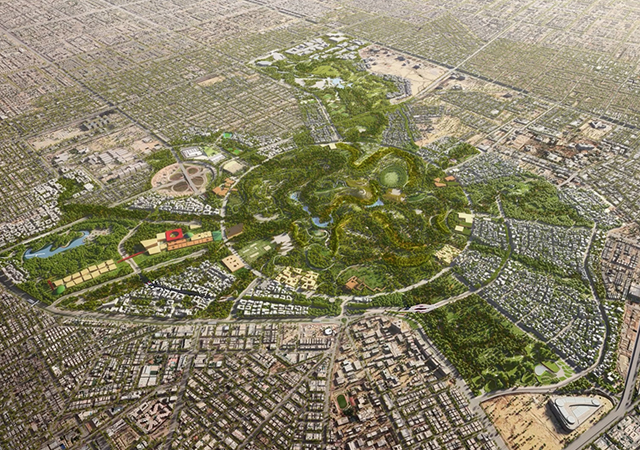
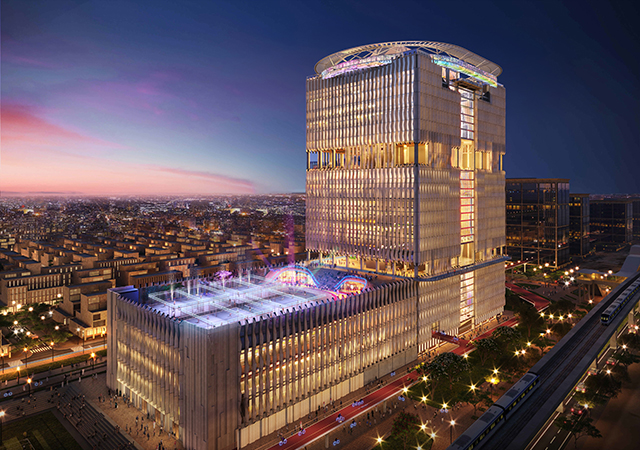
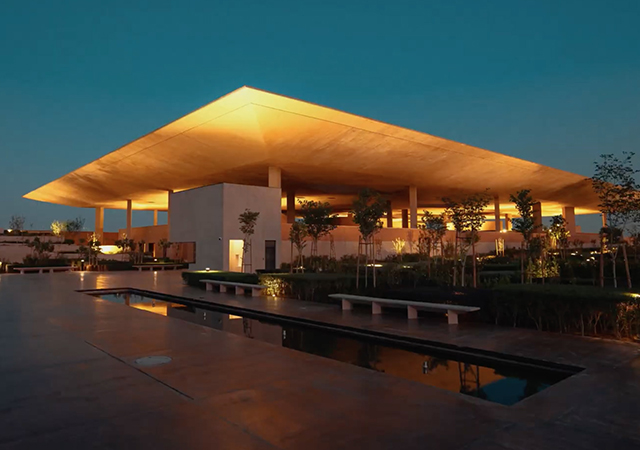
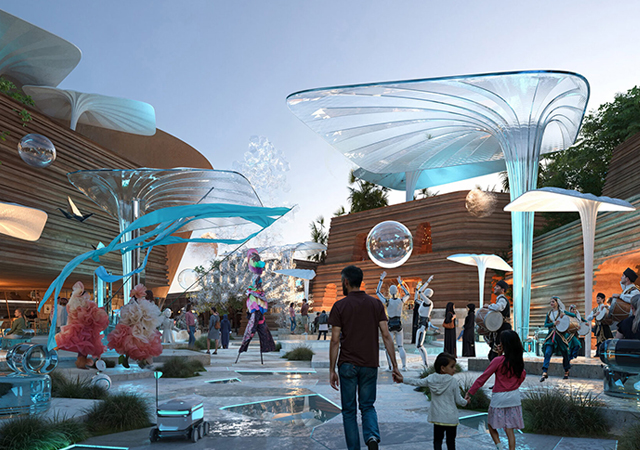
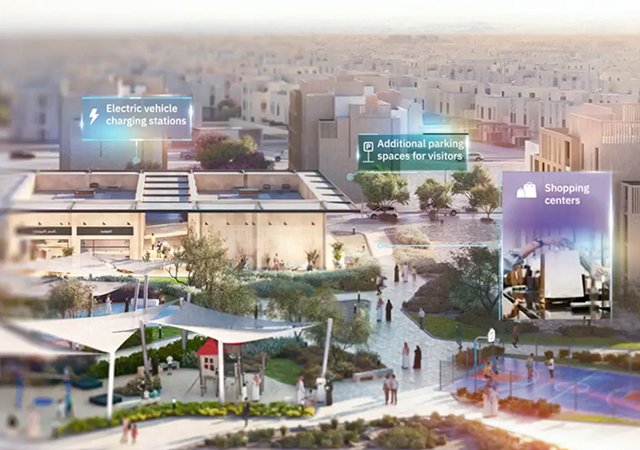
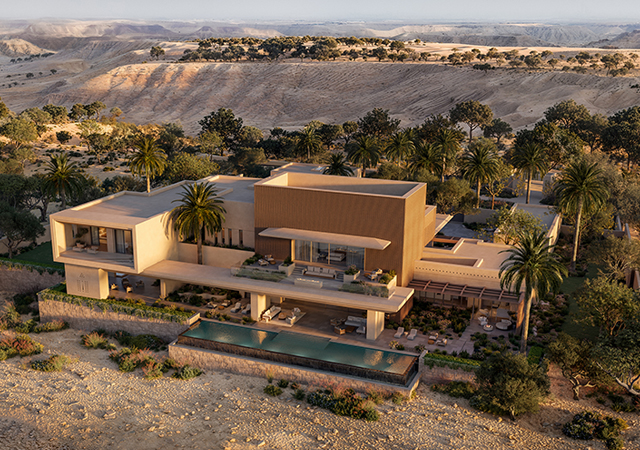
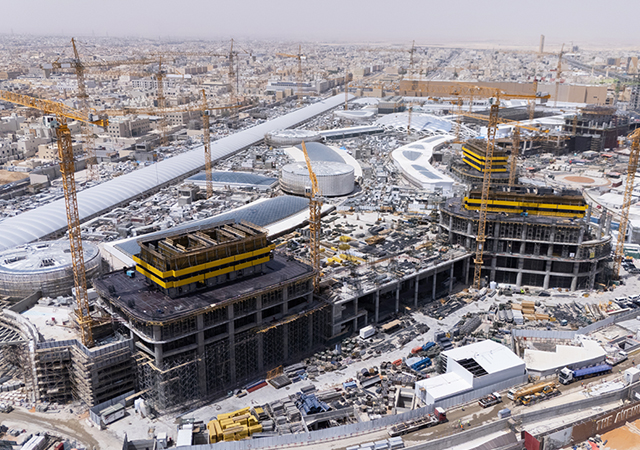
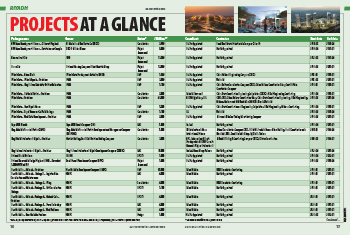
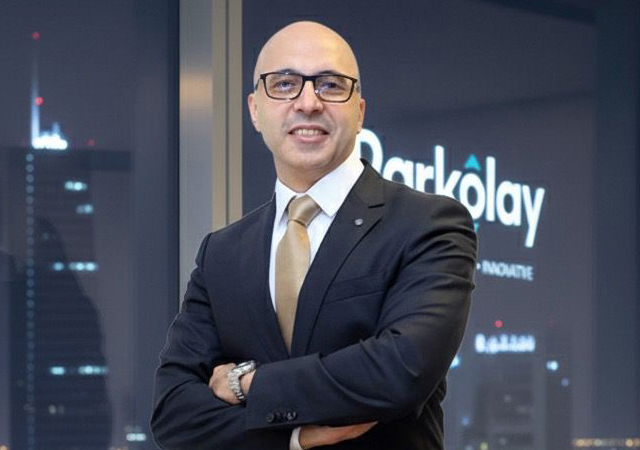
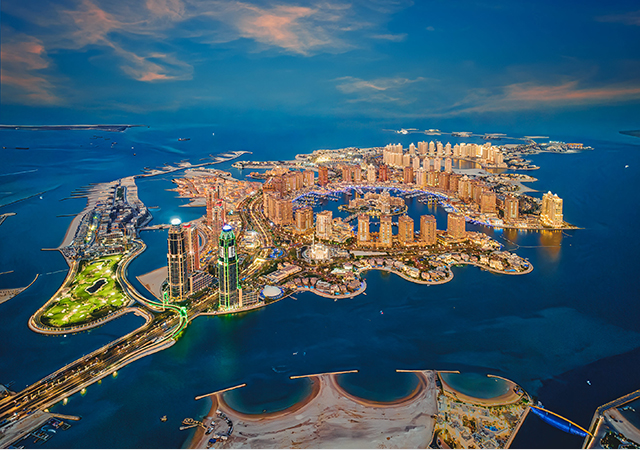
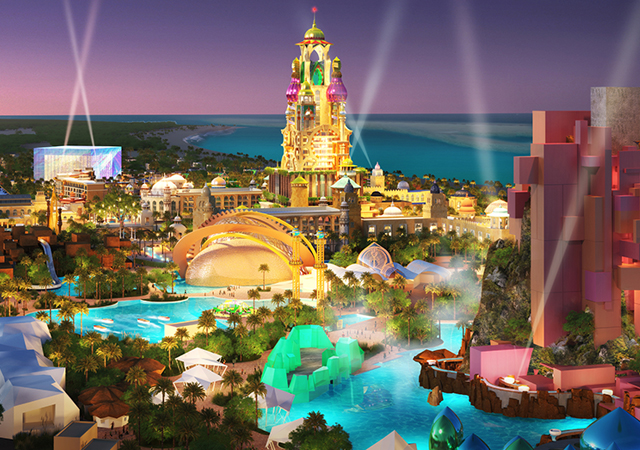
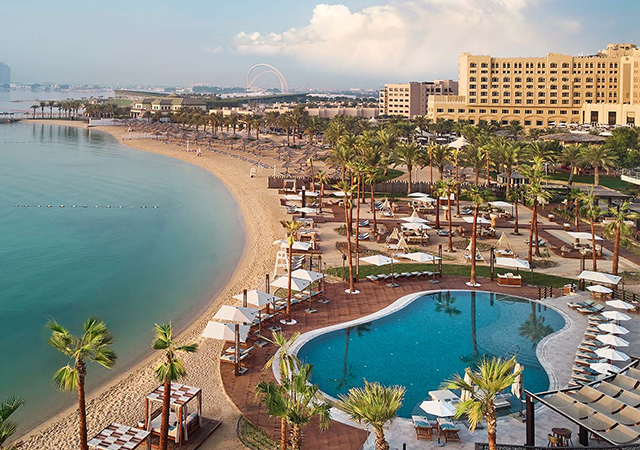
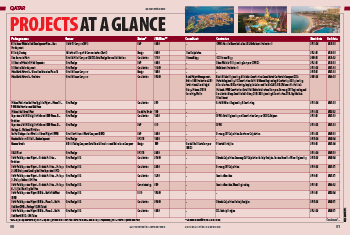
.jpg)
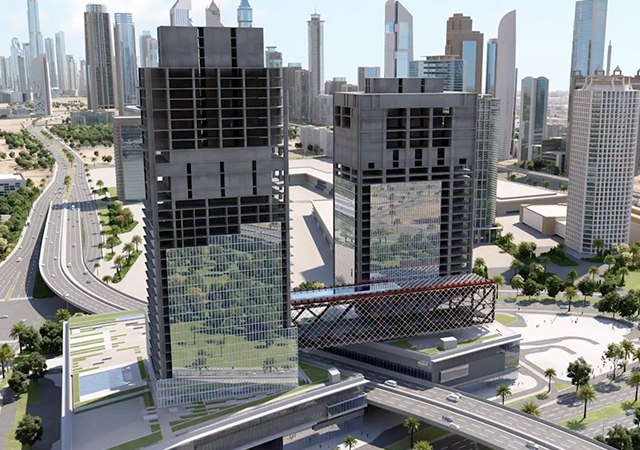

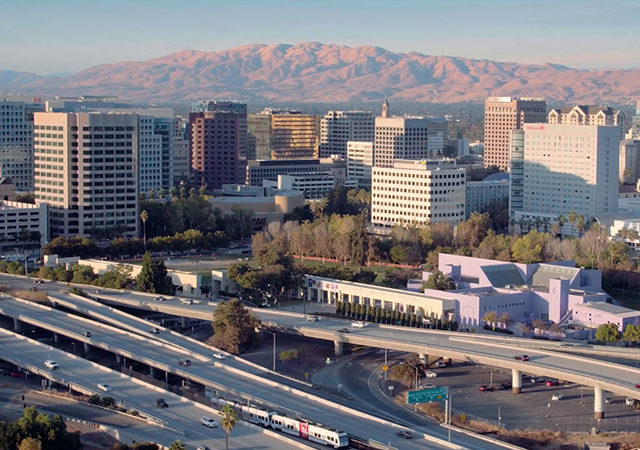
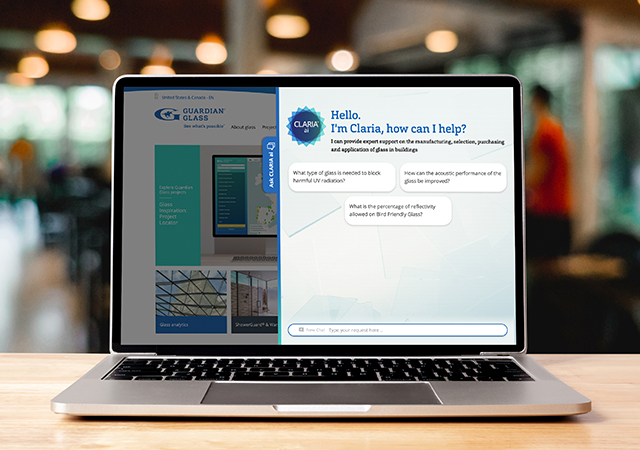

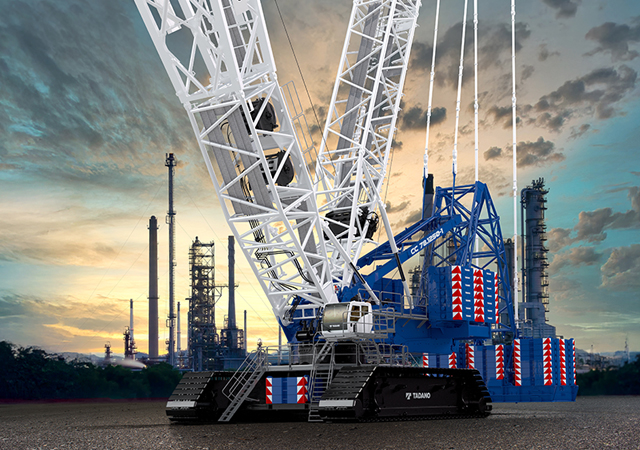
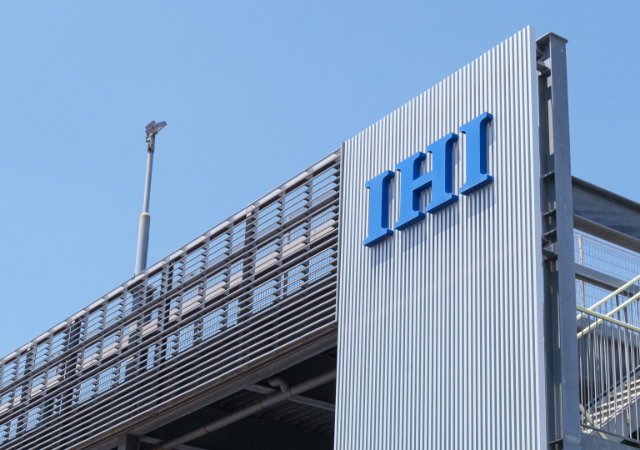
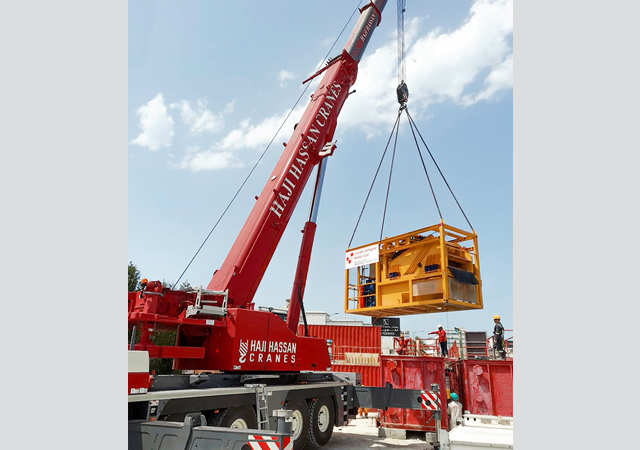
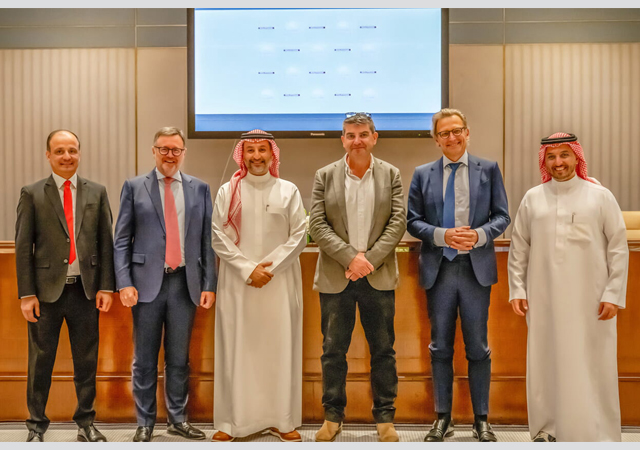
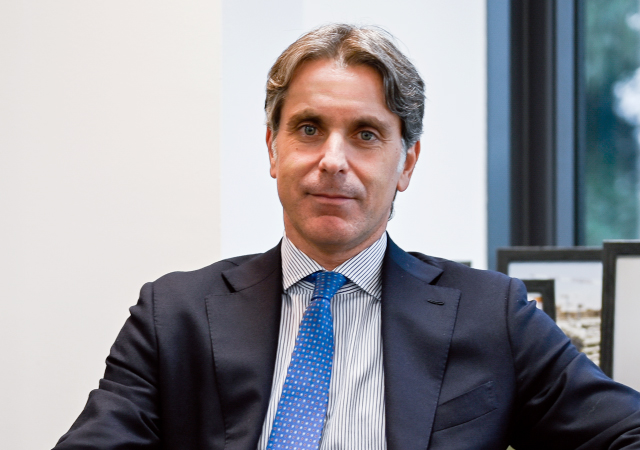
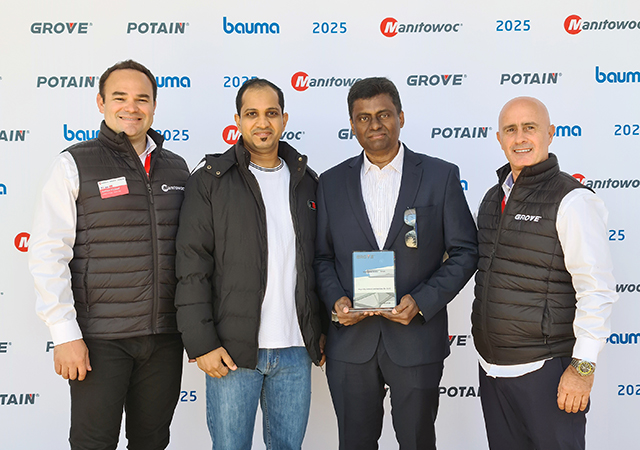
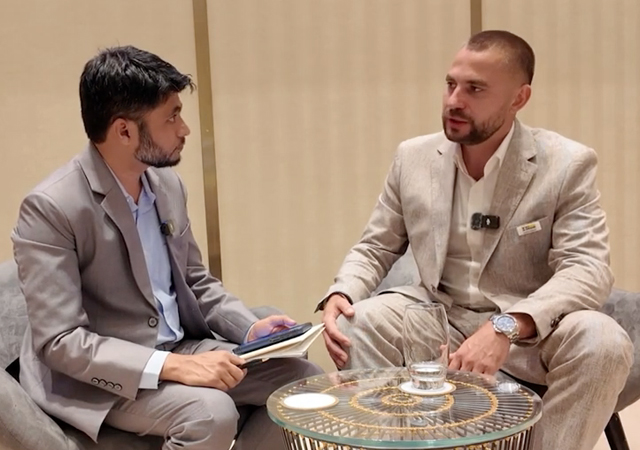
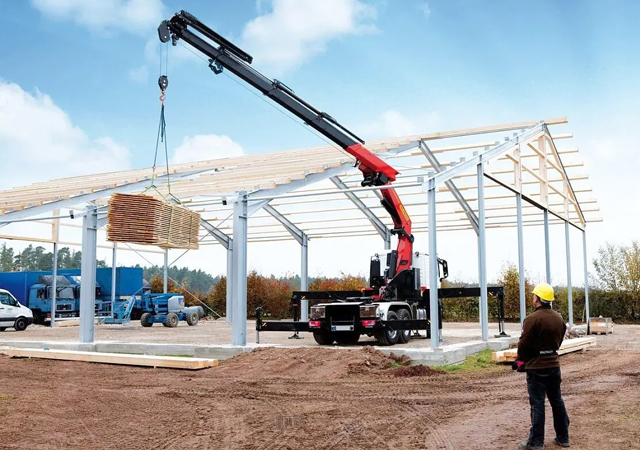
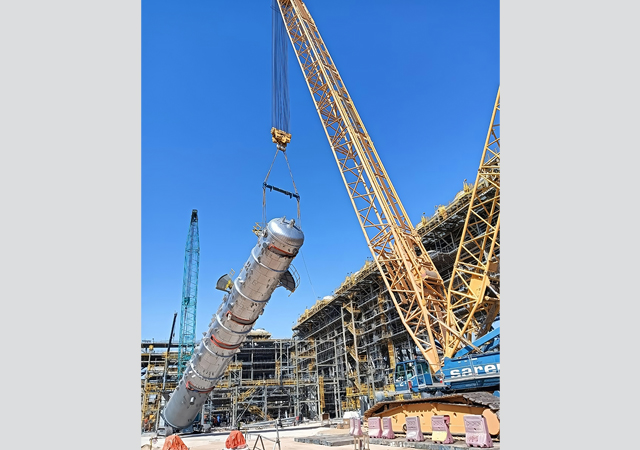
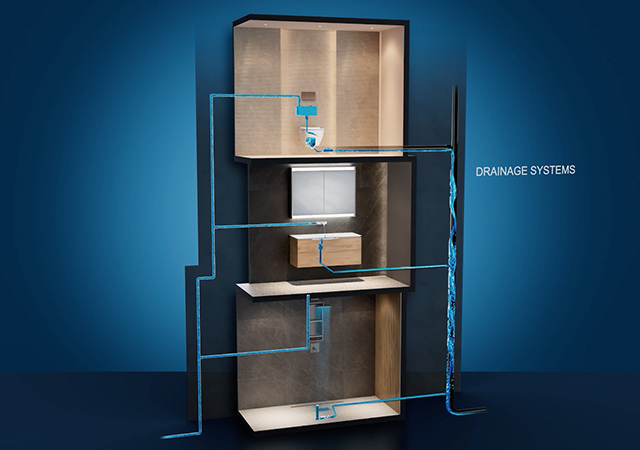
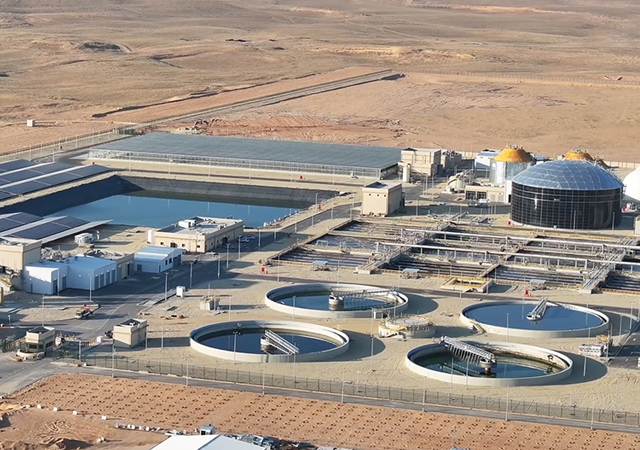

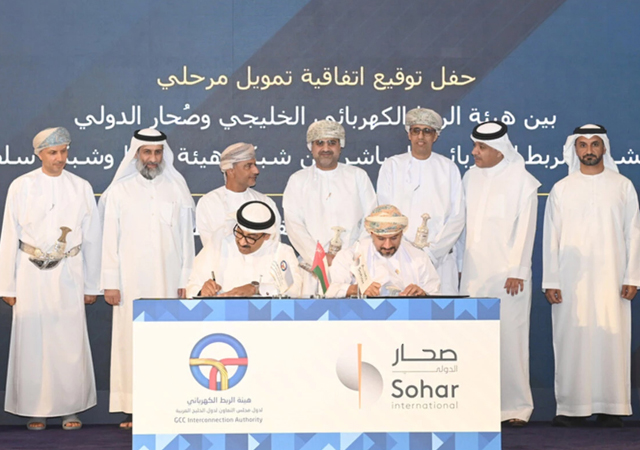
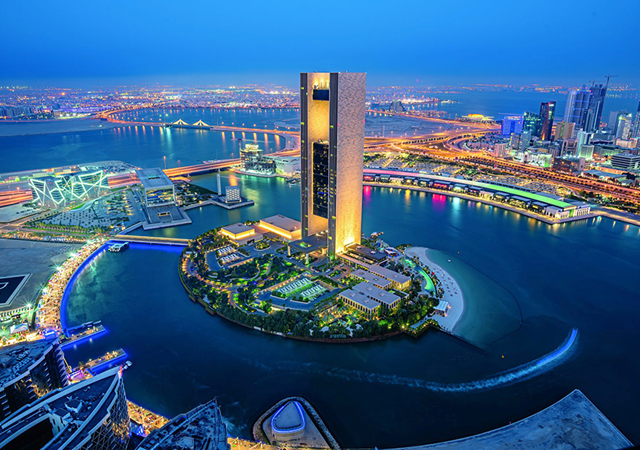
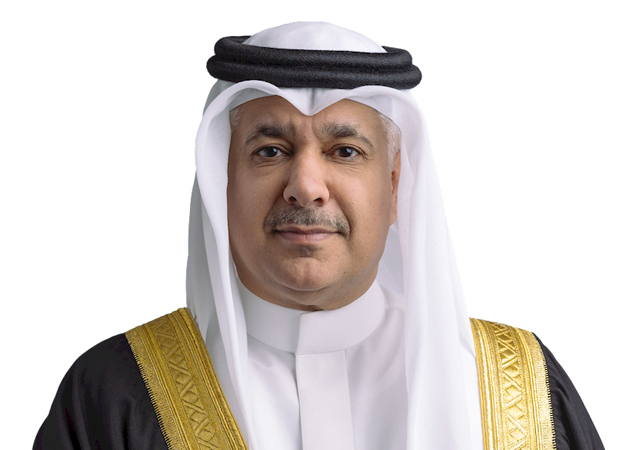
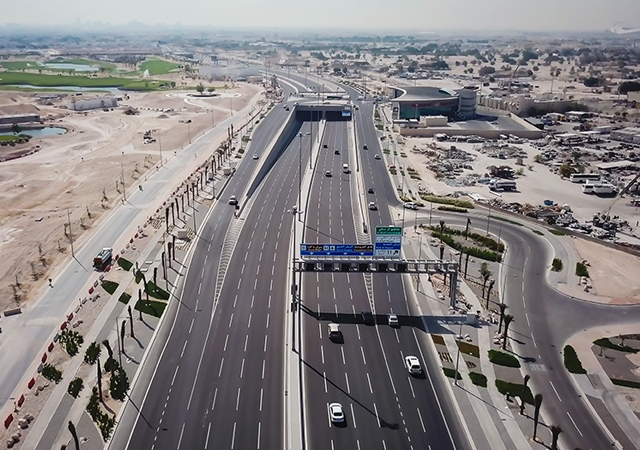
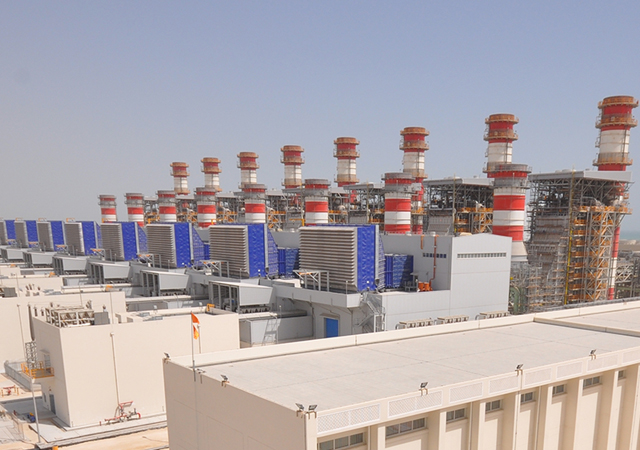
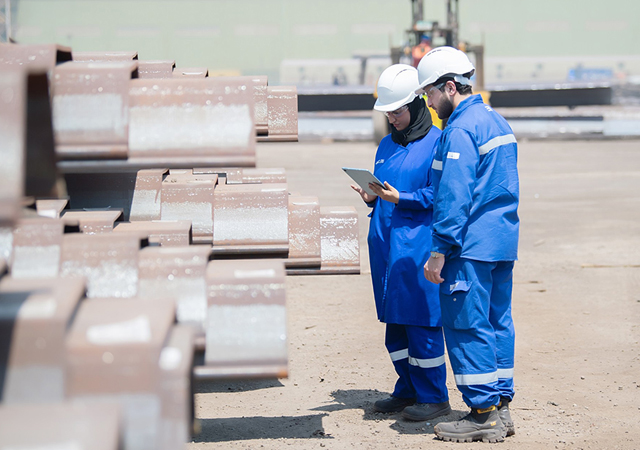
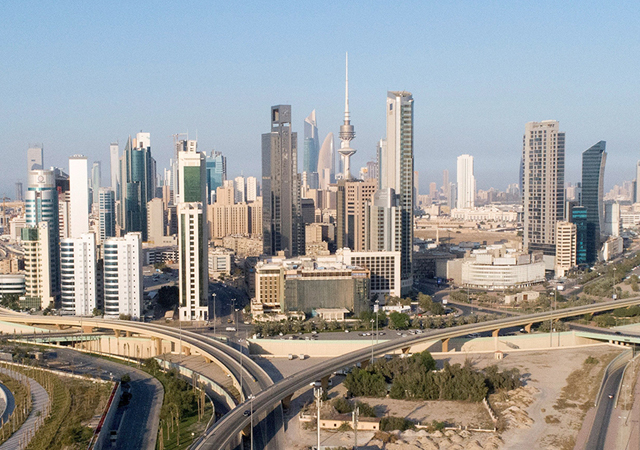
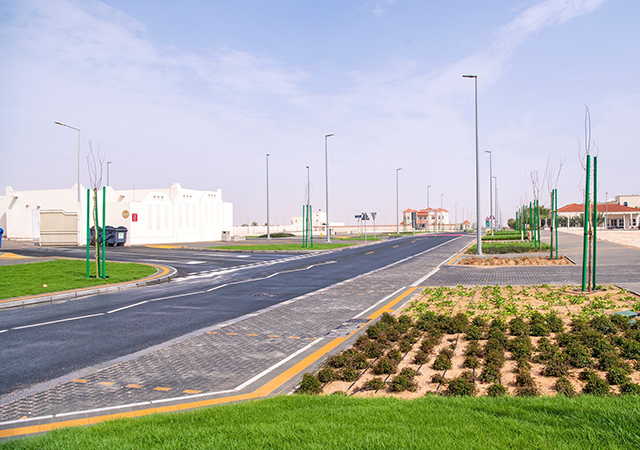
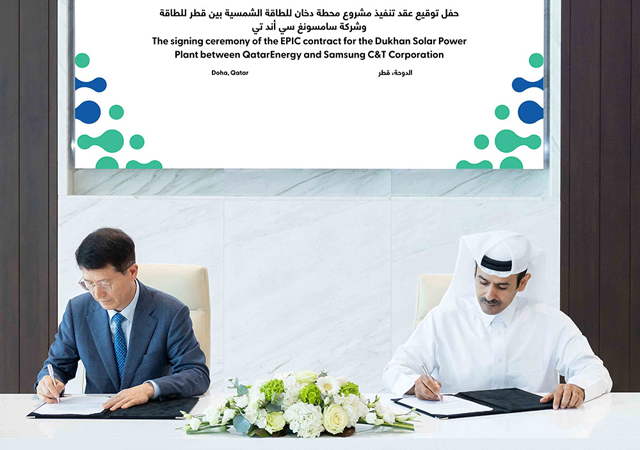
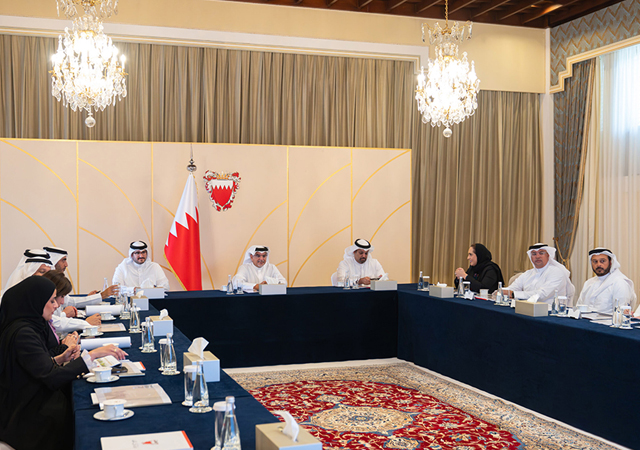

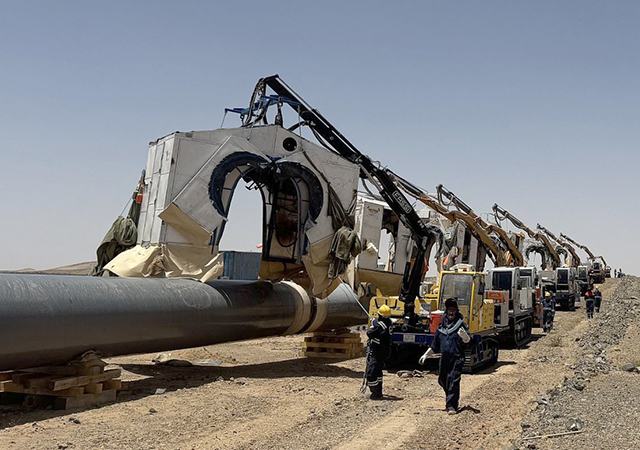
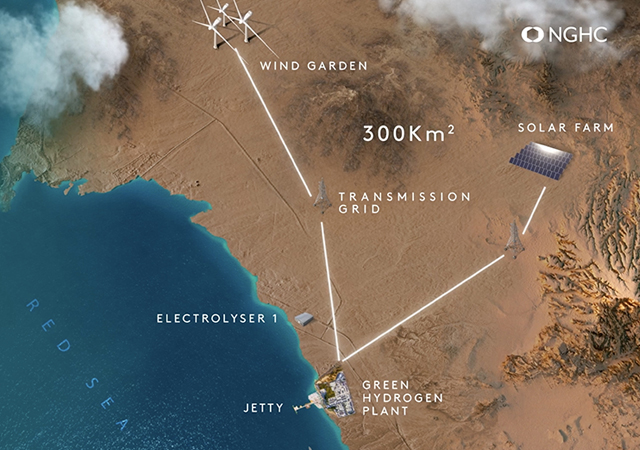
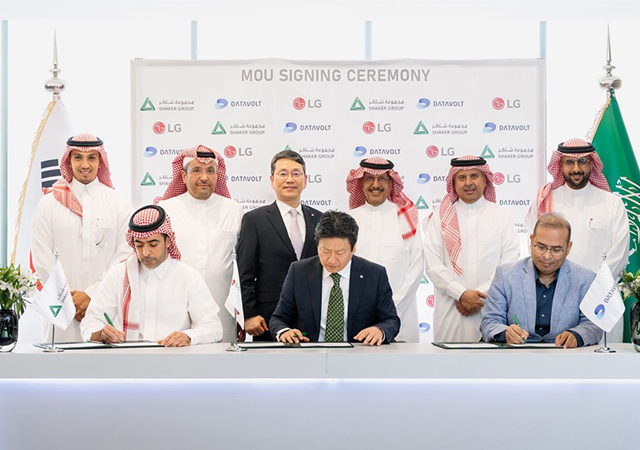
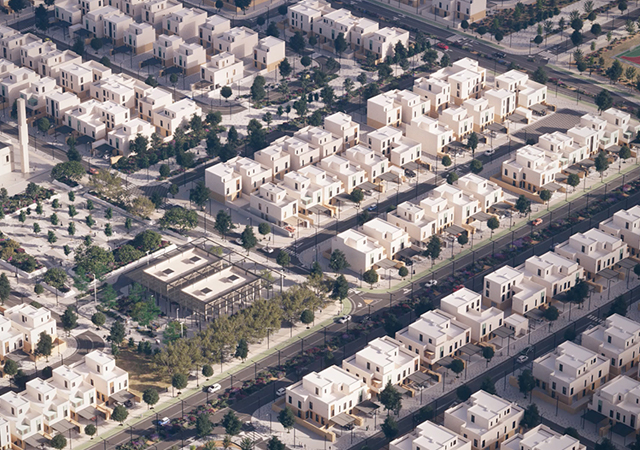
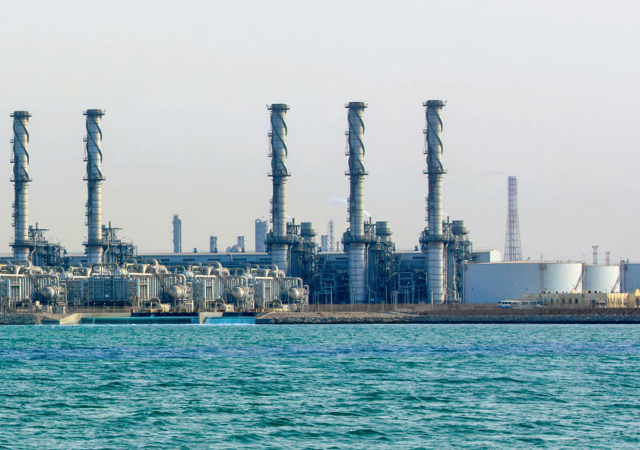
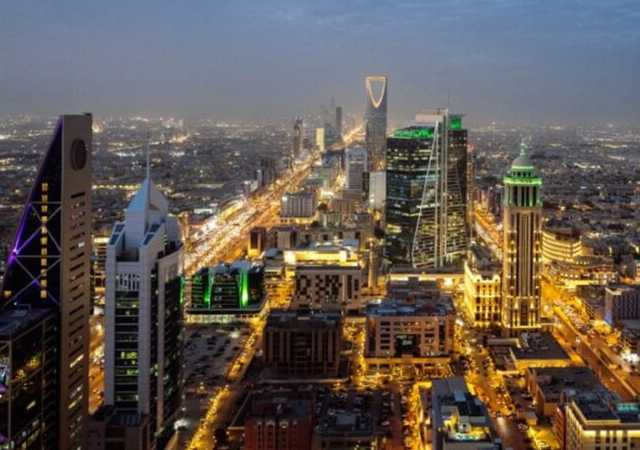
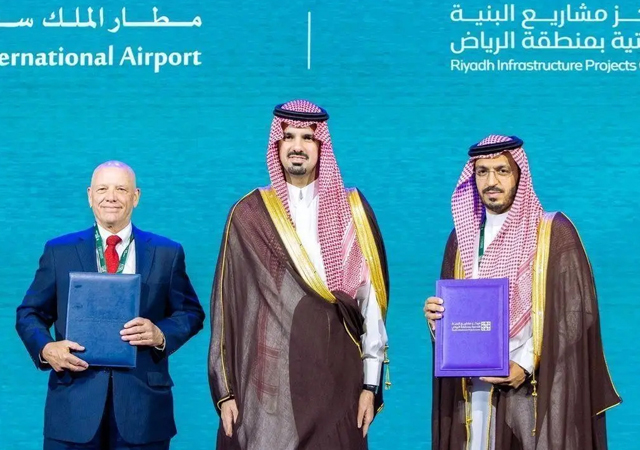
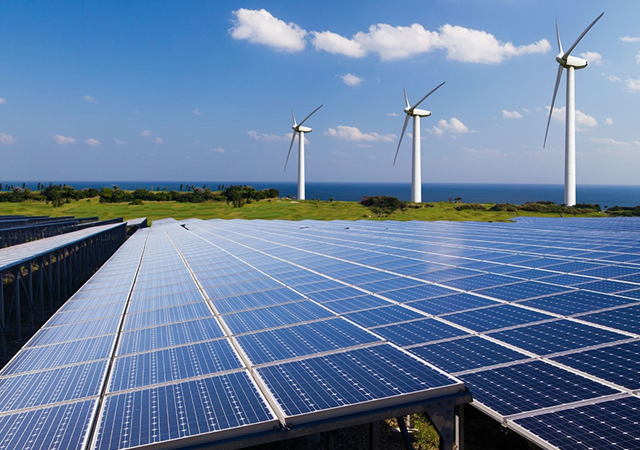
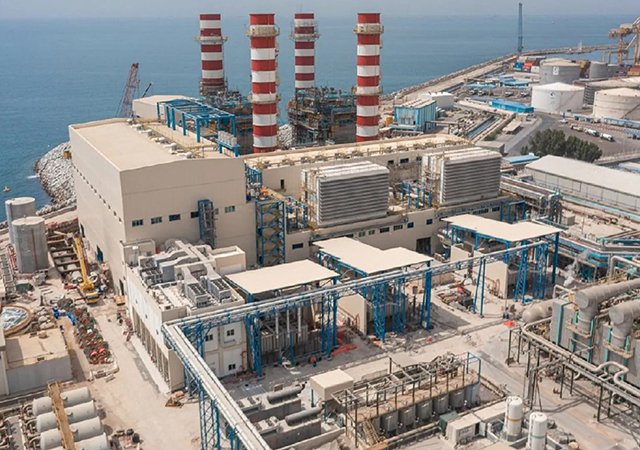
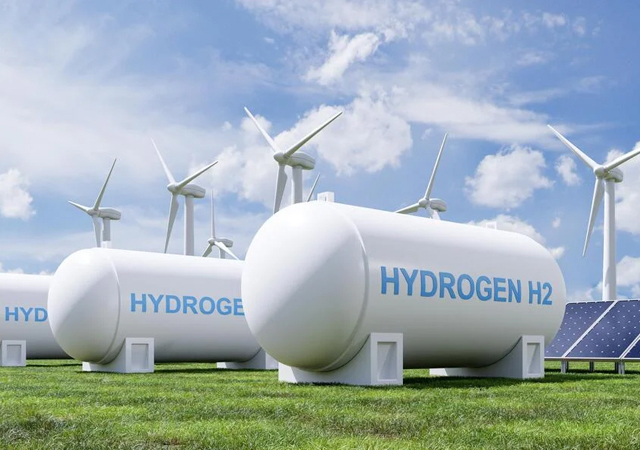

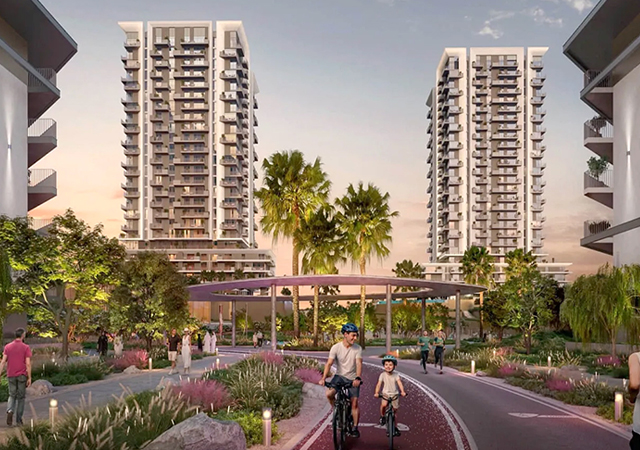
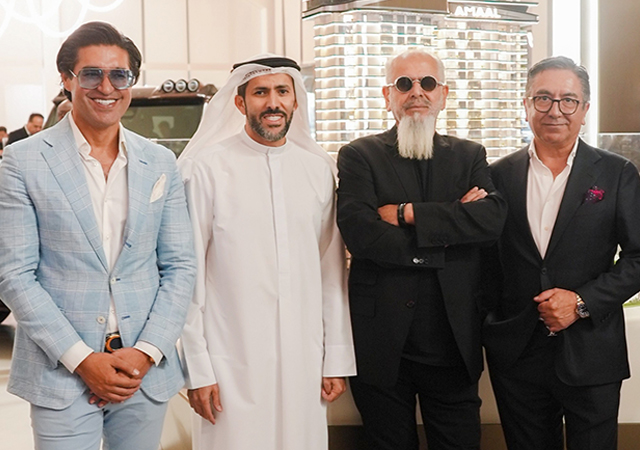
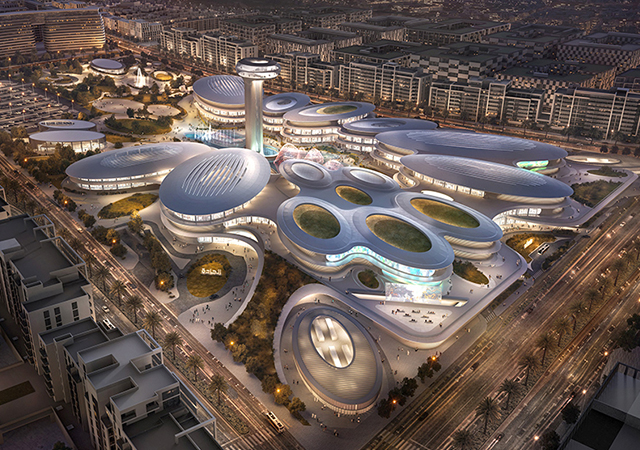
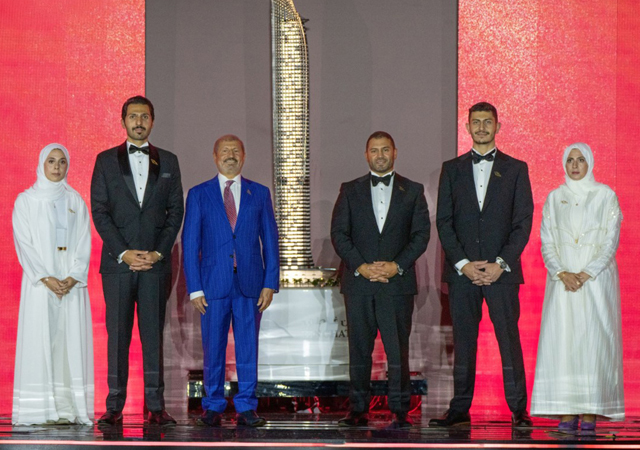
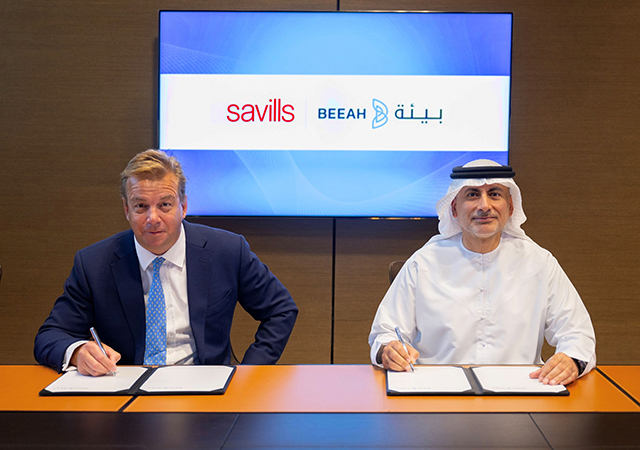
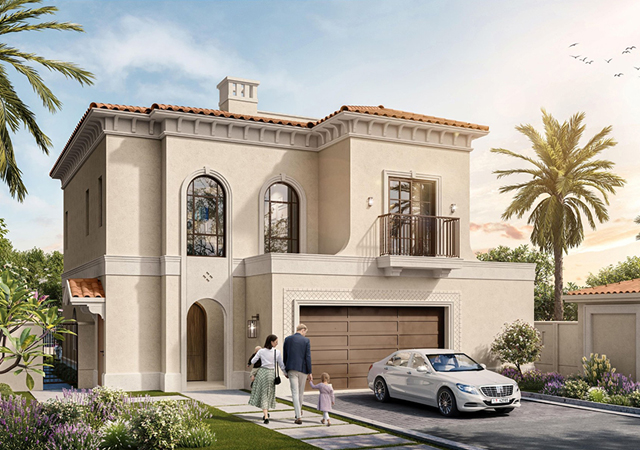
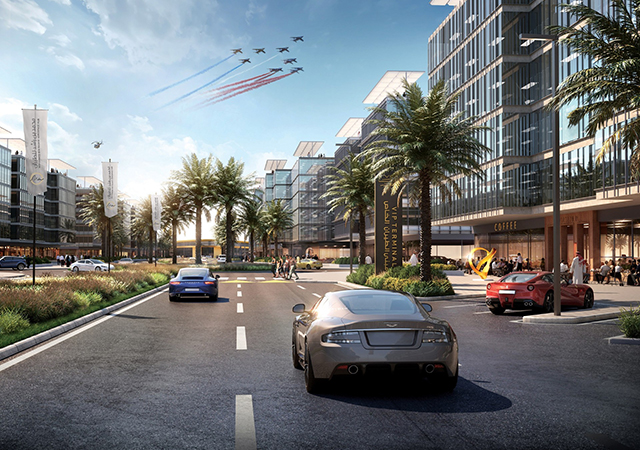
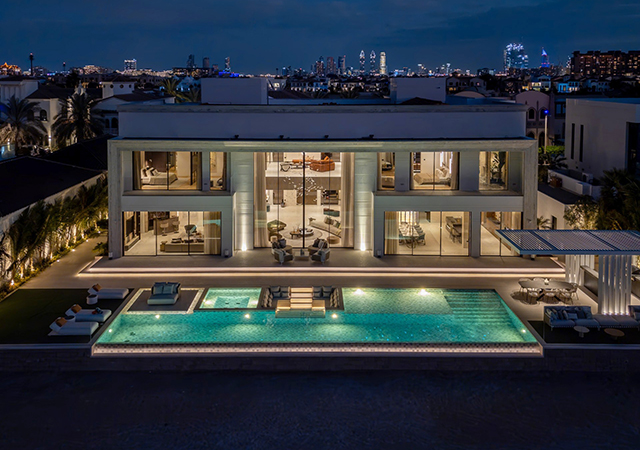
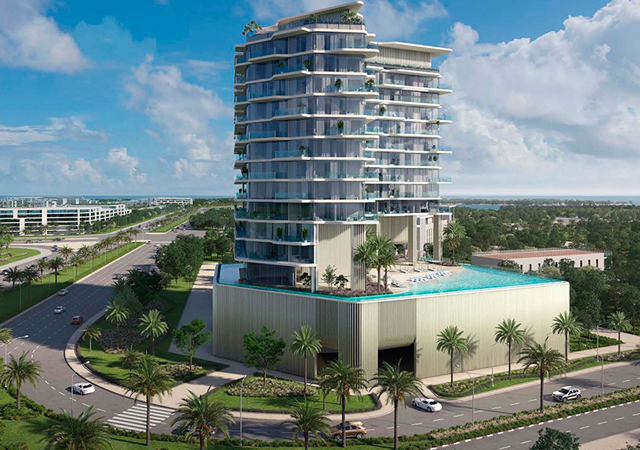
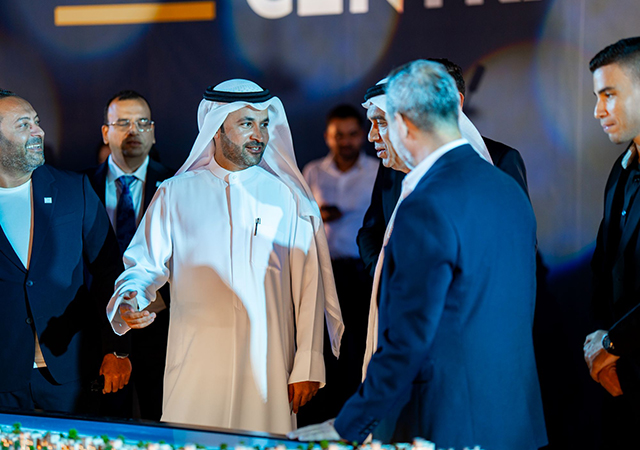
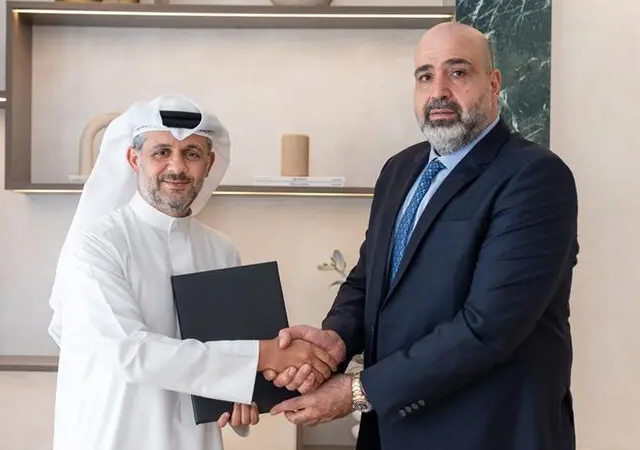
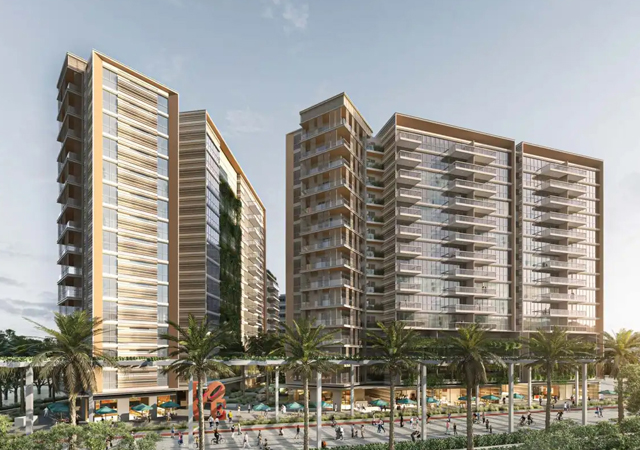
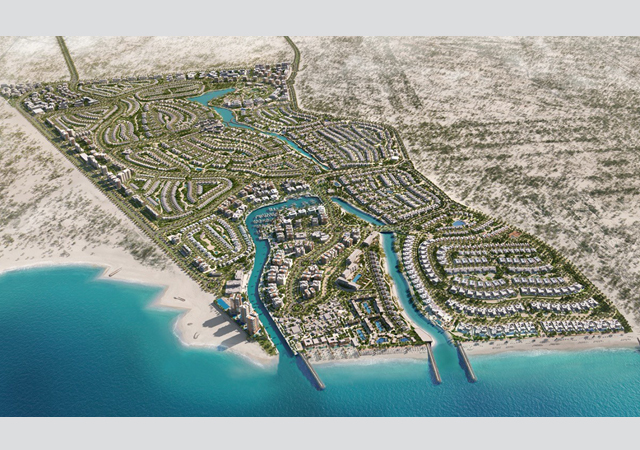
.jpg)
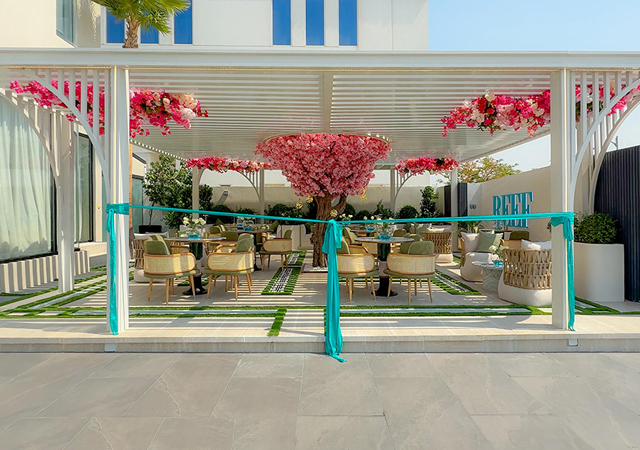
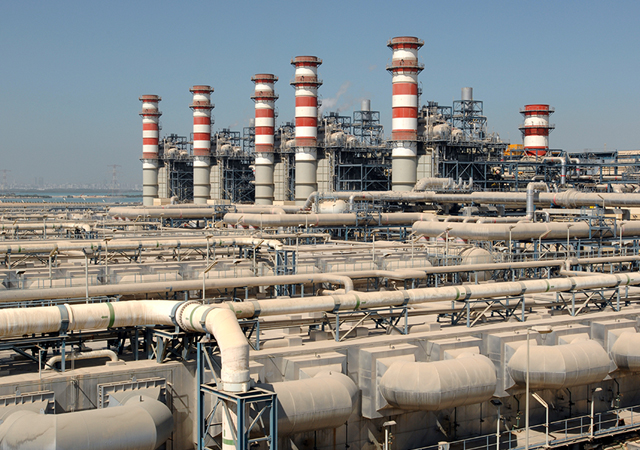
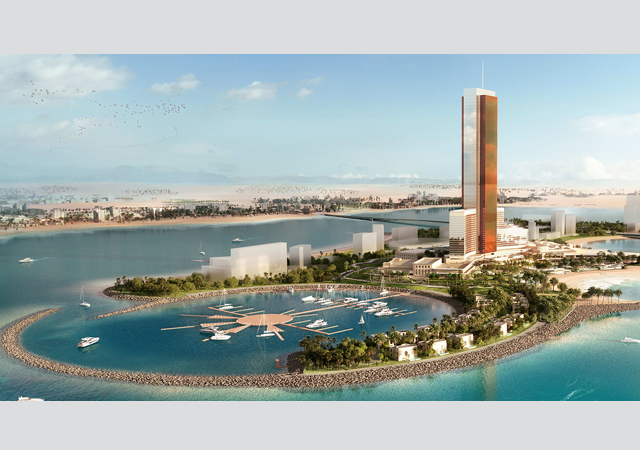
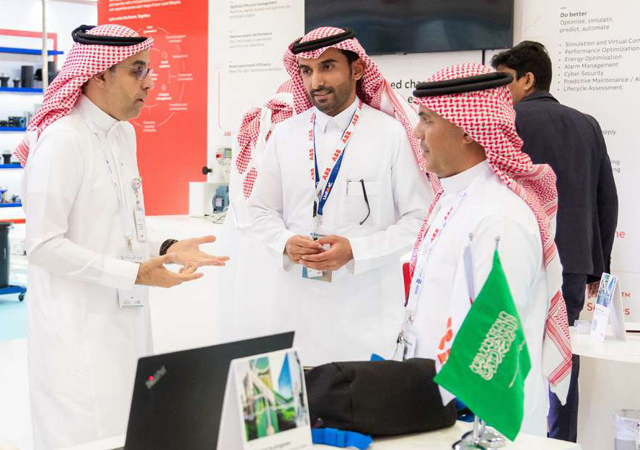
.jpg)
